Rachel Mindrup is a professional artist and art educator. Rachel’s son, Henry, was diagnosed with NF at the young age of 4 months old. As Rachel, with her husband by her side, navigated her way through this new world and figured out how to help her son, she discovered a way to help her family and the entire community, using her artistic talents and interest. Click thru to read Rachel’s story in her own words.
My name is Rachel Mindrup and my son Henry was diagnosed with neurofibromatosis when he was four months old. I had never heard of it and it took awhile for me to even be able to pronounce it correctly. The geneticist warned me to not go home and Google “neurofibromatosis.” This was before smartphones, so I could not get in my car fast enough to get home and jump on the computer.
When I did, I naturally found all sorts of horrible and heart-wrenching images and stories. Nothing about NF seemed like a success story to me. And even though I knew that NF manifested itself differently from person to person, I was convinced that all of those horrible outcomes were going to happen to my son. In fact, not only did I read them all, I sought out every one and I cried. I cried a lot. I didn’t understand why this spontaneous gene mutation would happen to my son. Had I done something to have this happen while I was pregnant? I wasn’t sure.
I was, though, certain that I wasn’t going to raise Henry with some sort of label. I didn’t want people to feel sorry for him. I thought that no one even needed to know about Henry’s diagnosis. I felt that both my husband and I together could just simply help Henry with anything he needed. We would raise Henry like he didn’t have NF and everything would be just fine.
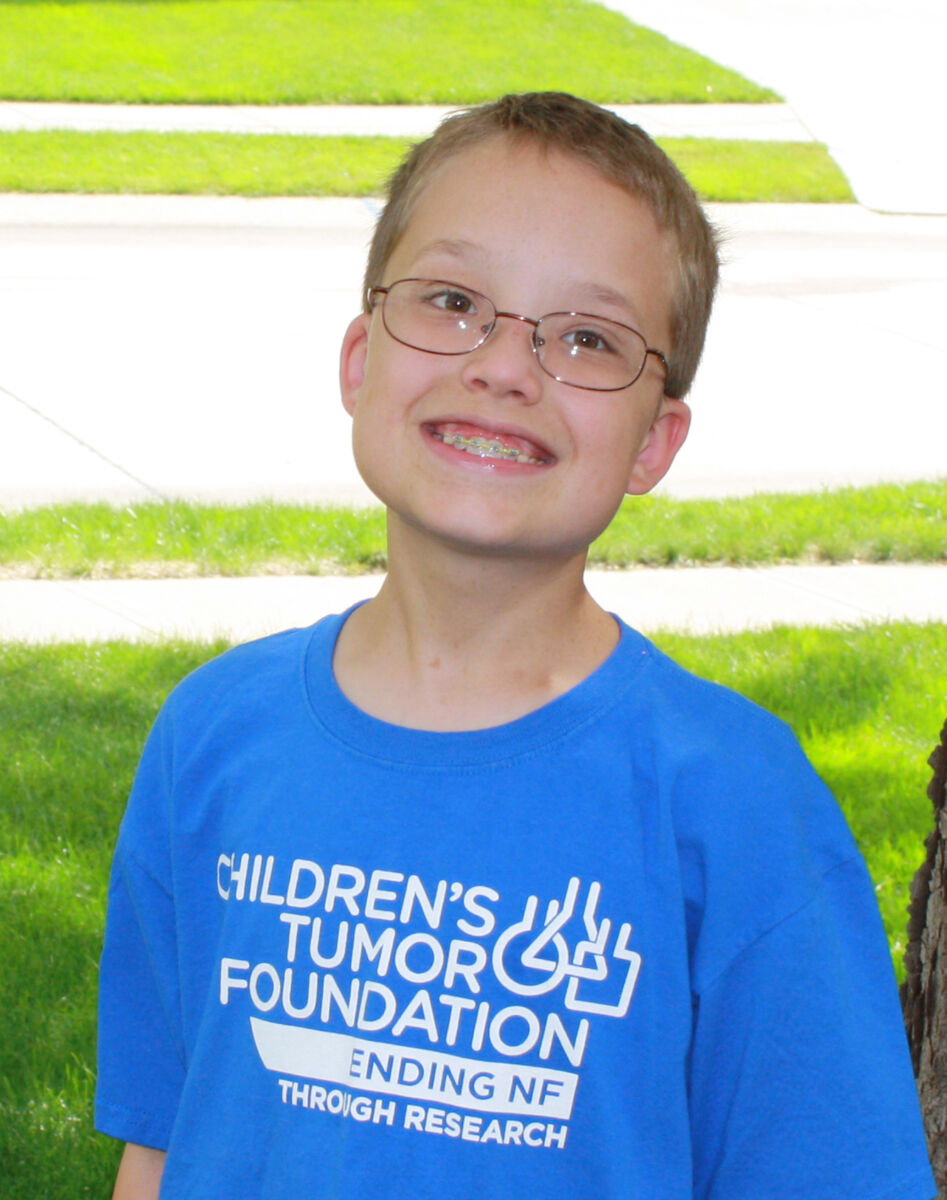 Everything was not just fine. Although putting on a big smile and pushing forward sounds terrific, it doesn’t mean that NF doesn’t exist. When Henry was two years old, we discovered he had an optic tumor. He missed many developmental milestones. But Henry was happy, healthy and smart. I had decided that when we enrolled Henry in public school for kindergarten, NF would be something our immediate family knew about, but why tell the school? Why announce to the teachers and the other kids that Henry was any different?
Everything was not just fine. Although putting on a big smile and pushing forward sounds terrific, it doesn’t mean that NF doesn’t exist. When Henry was two years old, we discovered he had an optic tumor. He missed many developmental milestones. But Henry was happy, healthy and smart. I had decided that when we enrolled Henry in public school for kindergarten, NF would be something our immediate family knew about, but why tell the school? Why announce to the teachers and the other kids that Henry was any different?
Henry got as far as the second semester of kindergarten before I was summoned to attend a strange parent/teacher conference. This was not a typical meeting; it was an additional one with the principal also present. I knew what they were going to say: “Henry can’t write or really hold a pencil. Henry can’t use a pair of scissors. Henry can’t dribble a ball. Henry can’t stay focused.” I knew what we were going to talk about before I even stepped foot into the meeting. [Photo right: Henry Mindrup]
Through the discussion, I finally admitted that Henry had a genetic disorder. The principal was visibly upset with me for hiding it. I will never forget him admonishing me with “How can we help your son, if you do not let us help your son?” Henry was put on an Individual Education Plan (IEP) right away. I made it clear that I didn’t want him ostentatiously dragged out from class; what I didn’t realize at the time was that a lot of kids are taken out of class for various reasons, and that the stigma that I believed to be there just simply wasn’t.
Several years passed. I found it hard to explain to Henry’s teachers what NF meant and how it affected Henry, even if he seemed unaffected. To make it more complicated, NF manifests itself so differently from person to person, I was hesitant to have them Google it. I wanted them to help Henry but not feel sorry for him. Eventually, I thought why not connect with others on Facebook who have NF and learn how they lived with NF. Armed with this information, I should be able to help my son as well.
The first person I met online was Reggie Bibbs. I connected with him in August 2008. Reggie is a warm and wonderful person who has severe facial disfigurement due to his NF. Rather than hiding it, he took ownership of it and wears a t-shirt that says “Just Ask!” because he knows people are wondering what happened to his face. When people do ask him, he has little business cards explaining what NF is and an explanation of the wonderful work his “Just Ask!” NF awareness non-profit does. I watched all of his awareness efforts for about two years. I was so impressed. Here was Reggie making a huge difference while, quite frankly, I was not doing a thing! As a way of thanking him, I did a watercolor portrait of him. He loved it and shared it as his Facebook profile picture in December 2010.
At the time, he asked if I knew his friend Maurice, who was also working hard to raise NF awareness. I didn’t, but I quickly connected with Maurice and also did his portrait. Then a mother whose child had NF sent me a Facebook message asking if I also painted portraits of kids with NF if their parents raised a lot of awareness. Truthfully, I hadn’t really thought about it, but I figured “Sure, why not?”
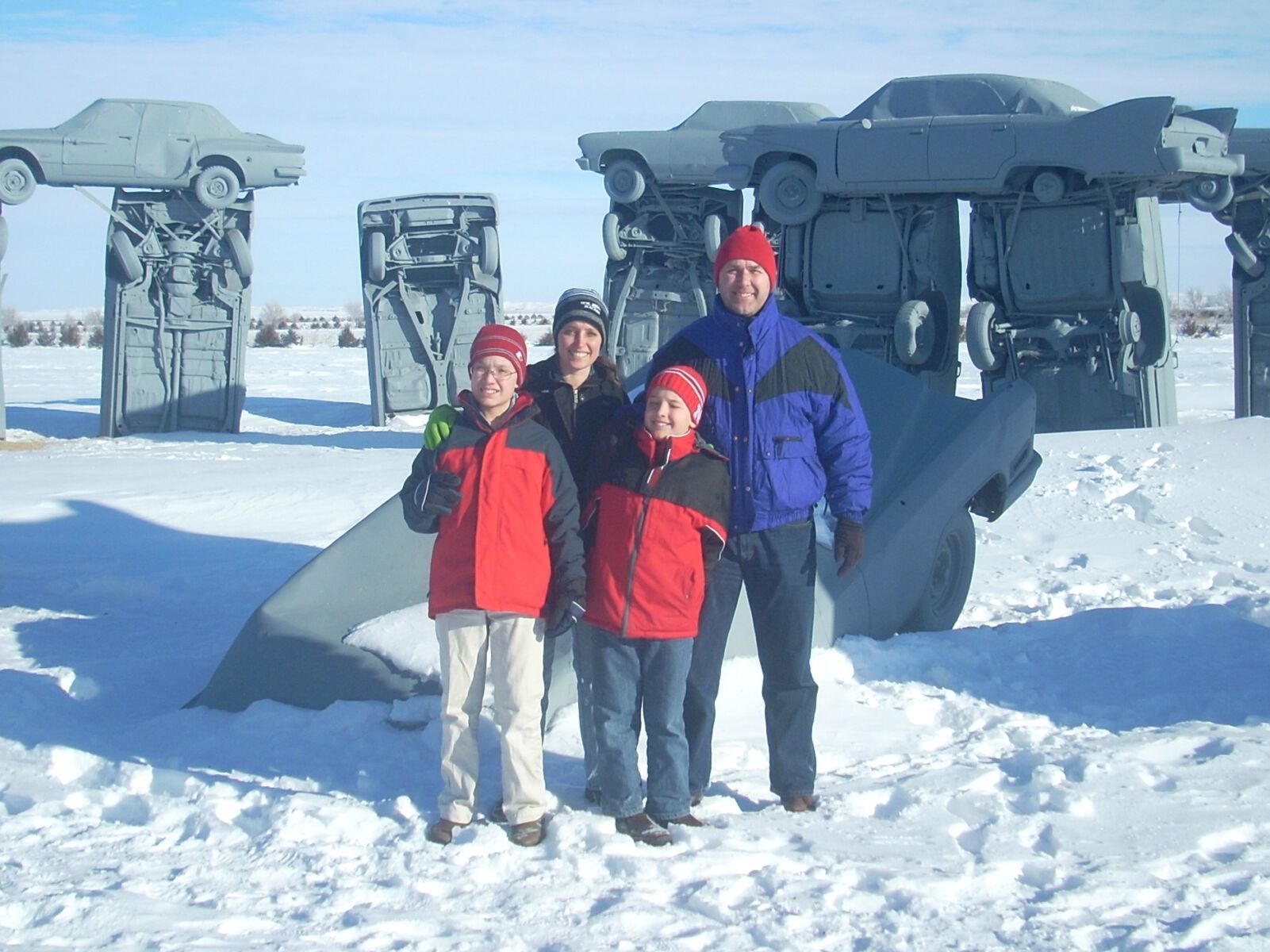 Trust me, once you get a mother involved…watch out! Moms are forces to be reckoned with and I am so pleased that a simple watercolor opened the floodgate and introduced me to so many moms (and dads) who are making it their life mission to help end NF. These tireless parents are running marathons, hosting tea parties, and organizing golf outings and galas to help raise money. I began painting a lot of children and decided to start a Facebook page, Many Faces of NF, to store them all, as I was realizing that Facebook profile pictures wasn’t a great way to get everyone together. [Photo left: Rachel Mindrup with her family, Jeff, Henry and Fred, at CarHenge in Nebraska]
Trust me, once you get a mother involved…watch out! Moms are forces to be reckoned with and I am so pleased that a simple watercolor opened the floodgate and introduced me to so many moms (and dads) who are making it their life mission to help end NF. These tireless parents are running marathons, hosting tea parties, and organizing golf outings and galas to help raise money. I began painting a lot of children and decided to start a Facebook page, Many Faces of NF, to store them all, as I was realizing that Facebook profile pictures wasn’t a great way to get everyone together. [Photo left: Rachel Mindrup with her family, Jeff, Henry and Fred, at CarHenge in Nebraska]
After awhile, I couldn’t remember who had donated or raised awareness, so I put a qualifier that each person had to make a donation and once I saw the receipt, I would do the painting. This helps their NF Hero and helps my son. To date, I’ve done over 150 watercolors of people with NF from all over the world! Sadly, many of the people I have painted have passed away from complications due to NF, and I moved their portraits to an “In Memoriam” album. It is painful to physically move a portrait to that album and it reminds me just how cruel NF can be.
Around 2012, I decided that I needed to do more than just the watercolors. I was a graduate student at the Art Institute of Boston. I had been doing figurative paintings and talking with my advisors about my NF project. After many (MANY) critiques and advising sessions, my project began to take shape. I would use social media and combine it with the documentary style painting similar to the paintings of Vermeer. Not that I believe I paint like Vermeer (I do have modesty!) but there is a reason we are all so drawn to those paintings. It is the mystery of the painted portrait that grasps our attention. I wrote my thesis about contemporary applications of social media combined with the study of historical portrait painting, using neurofibromatosis as the thread.
As an artist, I get to decide who is important enough to have his or her portrait done in oil. Historically, exclusively rich, powerful and privileged people were honored with his or her portrait in oil. Even today, when we see an oil painting of someone, it is usually a wealthy benefactor or an important statesman or stateswoman. Why not take this tradition and apply it to NF heroes instead?
I started, once again, with Reggie. I did my first painting of him simply sipping coffee. I made sure that his gaze was away from the viewer. This gives us permission to gaze where we might not want to stare at him (or anyone) if they were right in front of us. Each participant writes his or her own biography. Each participant decides what about living with NF they want to share and what they want to leave out. After painting so many portraits, it is sometimes interesting to me of what is intentionally left out of the narratives. Each biography ends with a positive message for us all to remember and live by. Now, five years later I am finishing up my 35th oil portrait. The first seven paintings were displayed at the Art Institute of Boston at Lesley University in January 2014 where I gave my first artist talk about the project and received my Masters in Fine Art. One month later, in February 2014 I had my first solo show of the project at Northwestern College in Iowa.
The paintings have been shown in solo and group shows all over the country. I currently have over 6,100 followers on Facebook and just began using Instagram so people can watch the paintings as they happen. I cannot do the project without the collaborative effort of those I am depicting all over the world since they are in charge of getting the photos. I have oil painted subjects from 19 states, 8 countries, both NF1 and NF2 and only getting more and more momentum.
At my latest art opening at Creighton University for my exhibition “Portrait of a Disorder: Neurofibromatosis”, I was asked “What now?” I simply said “I will just keep painting and sharing these stories until one day this medical mystery is solved and cured.” And that is what I intend to do.
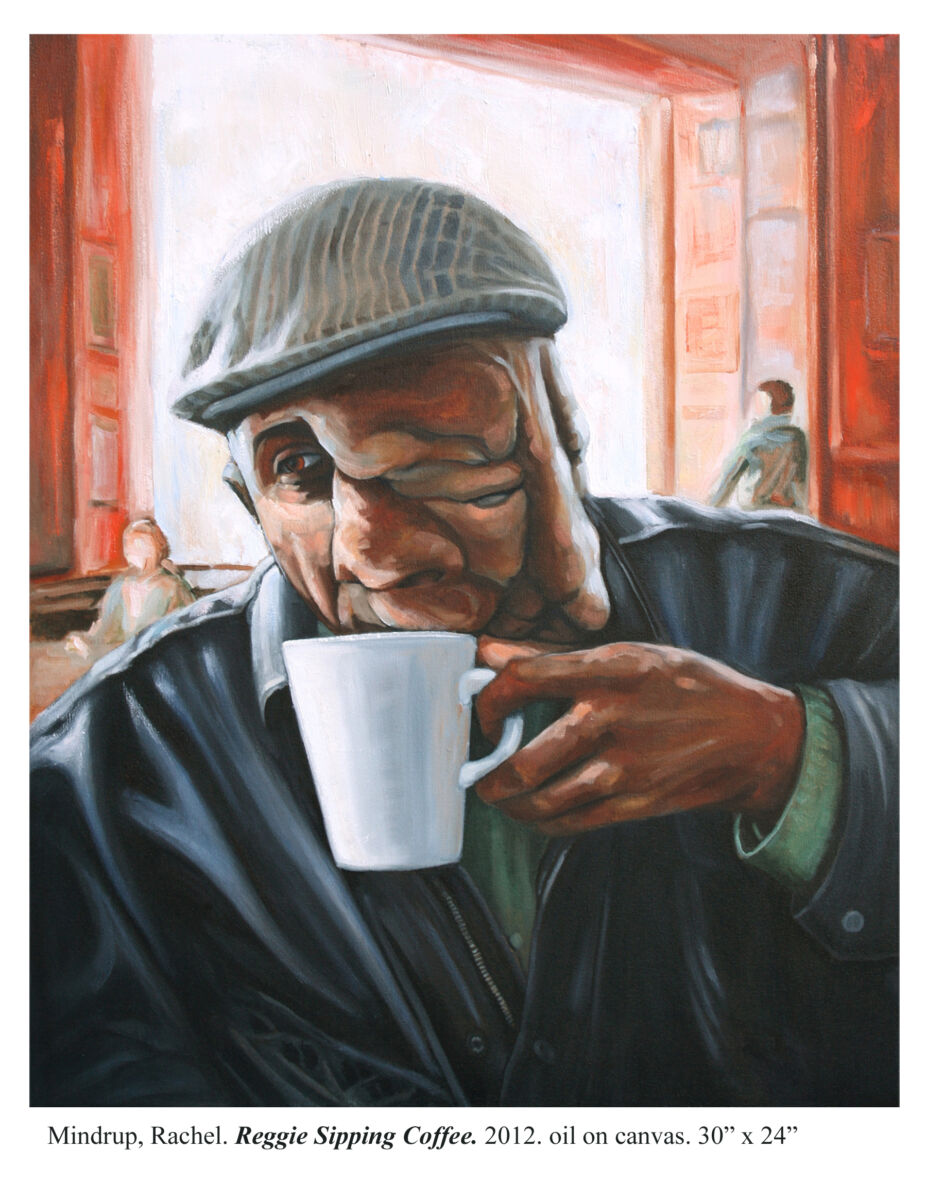 |
 |
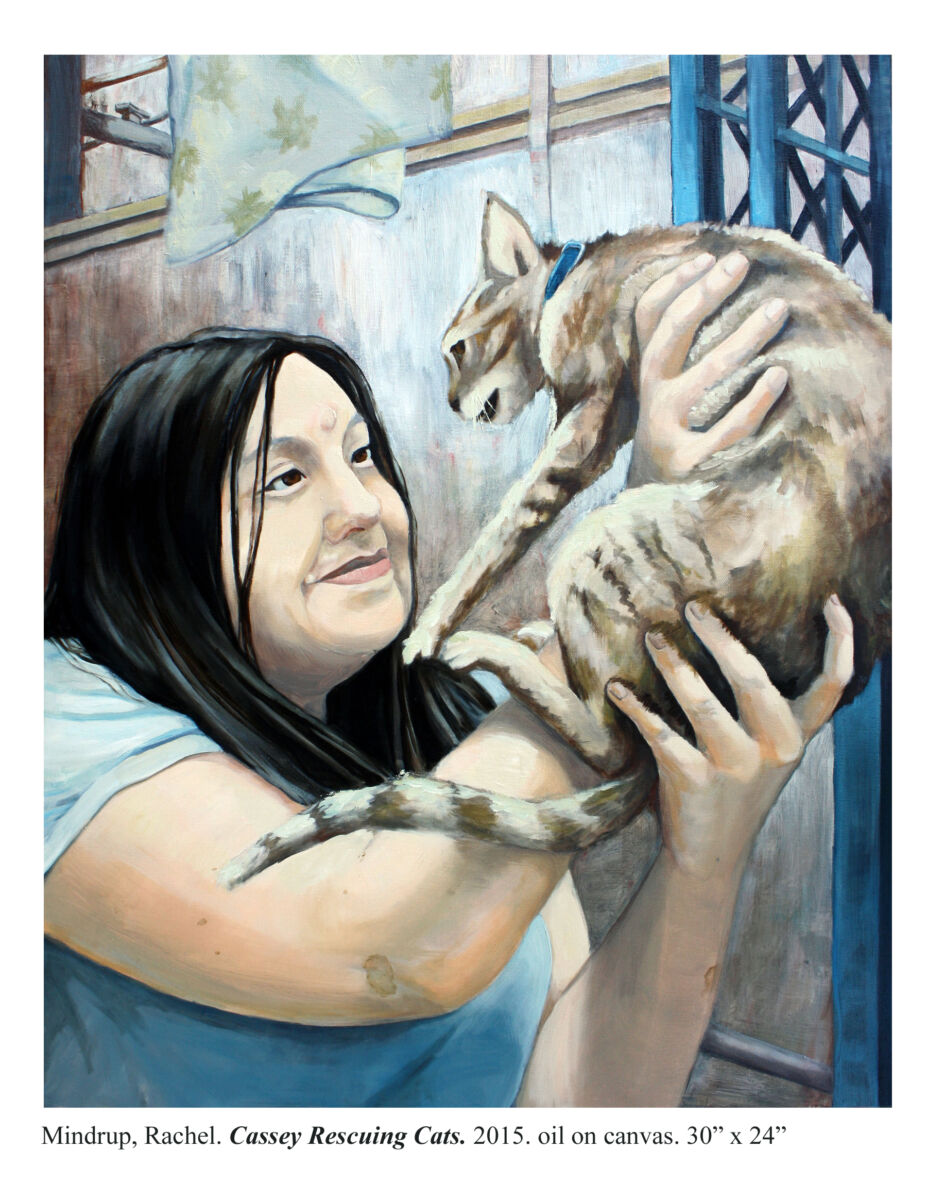 |
||
|
Anne Running the Boston Marathon |
Cassey Rescuing Cats |
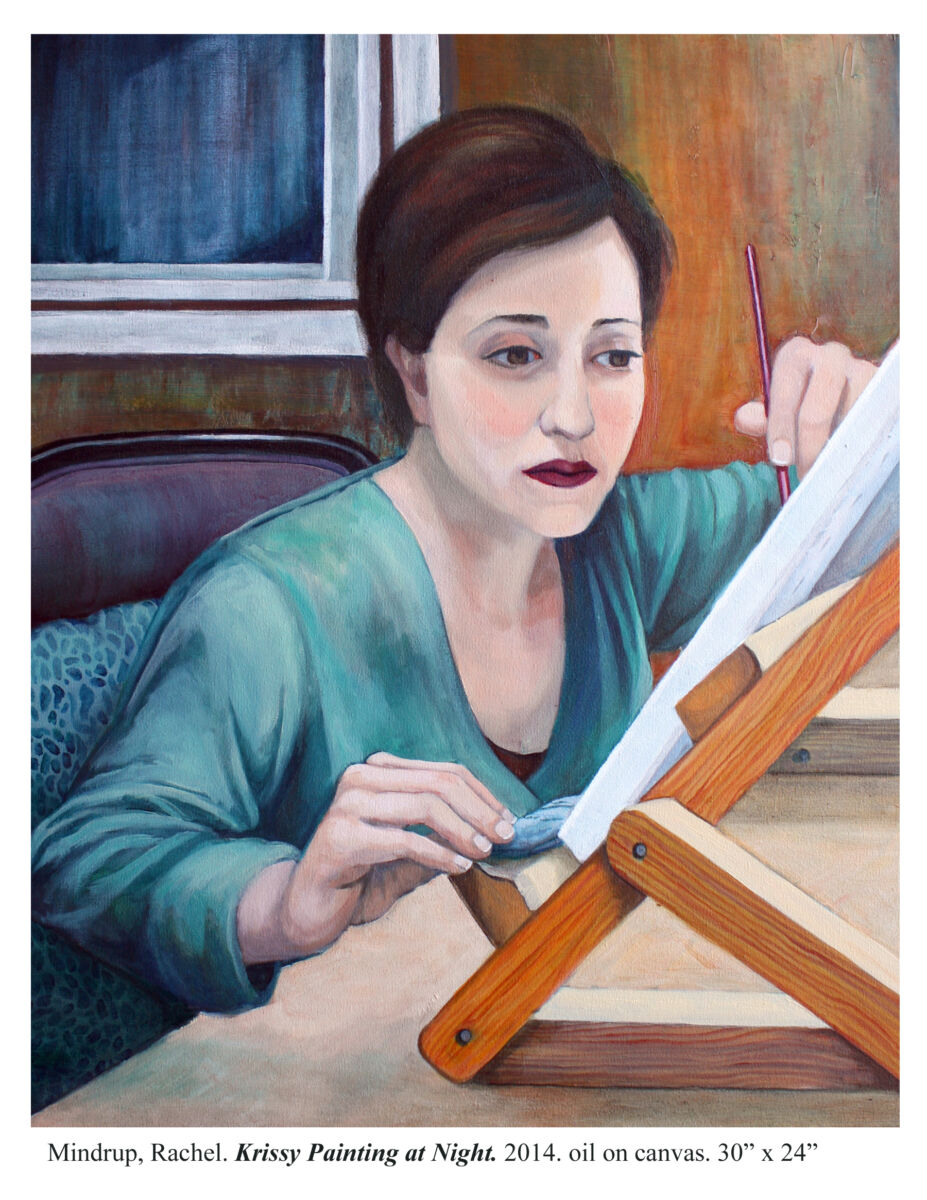 |
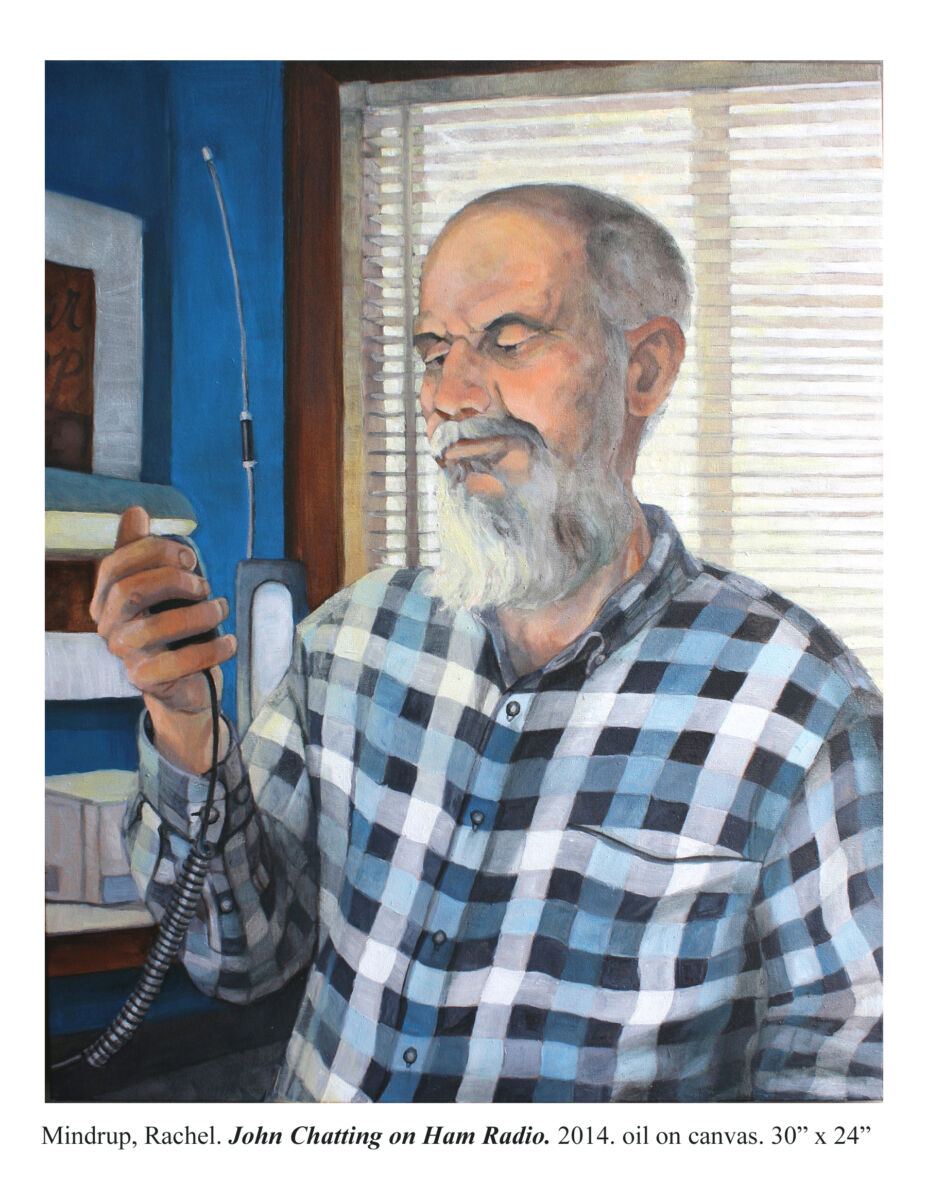 |
|||
|
Krissy Painting at Night |
John Chatting on Ham Radio |
|
Click on each caption to read more about these individuals. To view additional portraits and learn how to request your own NF Hero’s portrait, visit www.rmindrup.com.
[All photos and portraits courtesy of Rachel Mindrup.]

